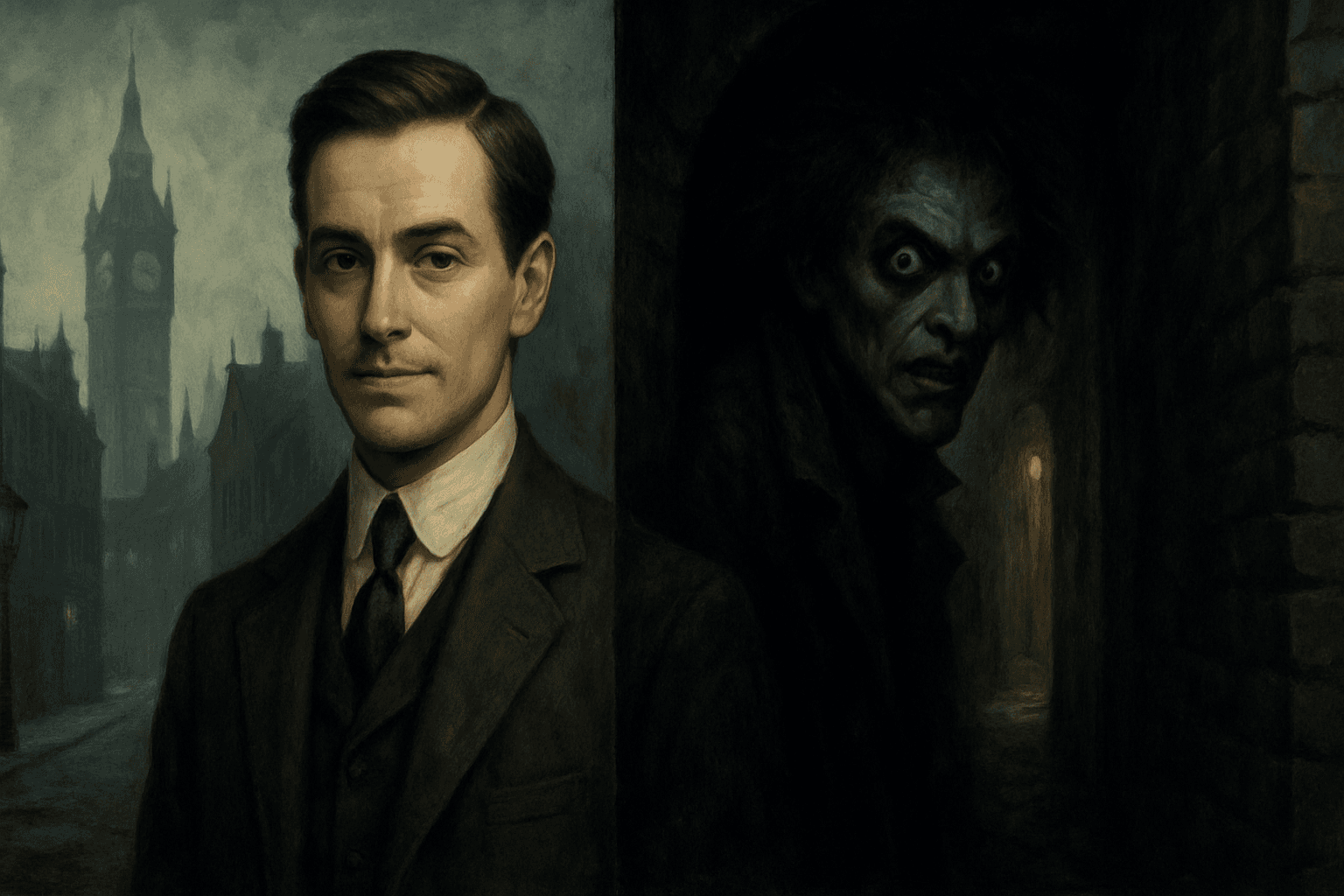Unraveling Identity in The Strange Case of Dr. Jekyll and Mr. Hyde

In Robert Louis Stevenson’s gothic classic, The Strange Case of Dr. Jekyll and Mr. Hyde , the theme of identity is intricately woven throughout the narrative, posing haunting questions about the duality of human nature. At its core, this tale reveals a profound struggle between the respectable facade society expects us to maintain and the darker impulses we often suppress.
From the very beginning, we meet Mr. Utterson, a lawyer who embodies all the virtues of Victorian respectability. His investigation into the mysterious Mr. Hyde, who represents the hidden, malevolent side of humanity, sets the stage for an exploration of identity that resonates deeply with readers. The unsettling scene where Hyde brutally attacks a child forces us to confront the unsettling truth that even the most seemingly composed individuals can harbor darkness within.
As Utterson delves deeper into Jekyll’s connection with Hyde, he uncovers a web of moral ambiguity. Jekyll’s will, which astonishingly bequeaths everything to Hyde, raises alarms and questions about the true relationship between the two men. What drives a person to associate so closely with their darker self? This conflict is vividly portrayed during a dinner party where Jekyll’s distress over Hyde becomes palpable. He insists he can control this duality, yet his actions suggest otherwise, hinting at an identity crisis that’s eating away at him.
The infamous murder of Sir Danvers Carew becomes a turning point that further complicates Jekyll's identity. The brutality of Hyde’s actions not only shocks those around him, but it also forces Jekyll to confront the consequences of his scientific pursuits. As the investigation unfolds, it’s clear that Hyde’s deformed identity starkly contrasts with Jekyll’s respectable persona, emphasizing the tension between our public selves and the hidden aspects we may wish to deny.
In subsequent chapters, Jekyll’s attempts to sever ties with Hyde only lead to greater entanglement, as he grapples with the realization that these two identities are inextricably linked. The letter from Hyde, with its striking resemblance to Jekyll’s handwriting, symbolizes the inescapable connection between the two. How can one man embody such contrasting natures? This question lingers as Jekyll’s internal conflict intensifies, culminating in a tragic acknowledgment of his inability to suppress Hyde completely.
Each interaction and revelation drives home the idea that identity is not a fixed construct but a battleground of competing impulses. Jekyll’s eventual transformation into Hyde serves as a chilling reminder of what happens when we deny our darker nature. The moment Dr. Lanyon witnesses this transformation, it not only shatters his understanding of science but also reveals the terrifying reality that our identities may not be as stable as we believe.
As we closely follow Jekyll's descent into despair, we are left to ponder the ultimate question: Can we ever truly separate the good from the evil within us? Stevenson’s exploration of identity invites readers to reflect on their own struggles with self-perception and societal expectations, making us question whether we, too, might have a hidden Hyde lurking within.
In the end, The Strange Case of Dr. Jekyll and Mr. Hyde serves as a poignant reminder that our identities are complex, multifaceted, and often at odds with each other. It challenges us to confront the parts of ourselves we might want to hide and to recognize that the battle between good and evil is a universal aspect of the human experience. So, the next time you feel a tug between your public persona and your private thoughts, remember Jekyll and Hyde and the intricate dance of identity that defines us all.
Books: The Strange Case of Dr. Jekyll and Mr. Hyde
Authors: Robert Louis Stevenson
Publishers: Public Domain